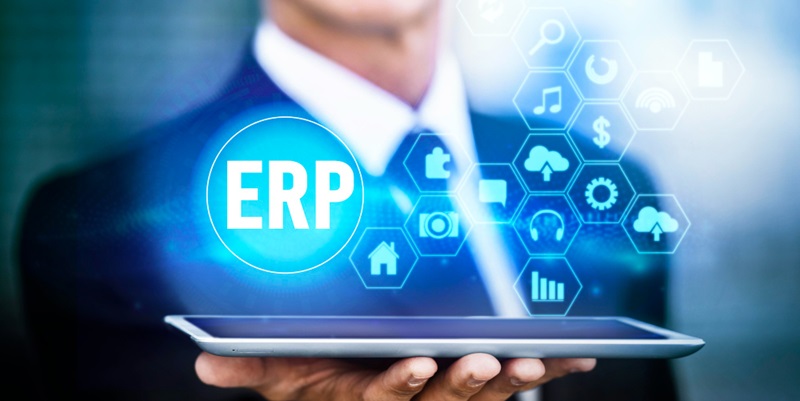SAP is pioneering a transformative journey in the business software landscape by integrating artificial intelligence (AI) into its offerings. This evolution from traditional Enterprise Resource Planning (ERP) to nimble, cloud-based systems is gathering pace, evidenced by the rise in cloud adoption among SAP’s clientele noted in early 2024. The surge, as reported by CEO Christian Klein, is driven by the enhanced capabilities brought on by AI technologies within SAP’s cloud ERP frameworks. The integration of intelligent solutions establishes a new benchmark for operational efficiency and responsiveness and is a key factor in SAP’s strategic direction. The company’s initiatives are streamlining how businesses engage with their essential operational platforms, marking a significant shift toward smarter, more adaptive corporate ecosystems.
Strategic AI Enhancements
Surge in AI-powered Scenarios
SAP has significantly expanded its Business AI platform, introducing over thirty new AI-rich scenarios to empower businesses across sectors. These advanced features span from enhanced asset management to refined workflow automation and sophisticated supply chain insights. By integrating AI deeply into its services, SAP not only simplifies complex processes but also accelerates informed decision-making. This move isn’t a mere enhancement but a cornerstone of SAP’s strategy as they shift toward a Software-as-a-Service (SaaS) model. By embedding innovation at its core, SAP isn’t just updating its offerings; it’s revolutionizing how users interact with its systems and transforming their outcomes. This dedication to AI underscores SAP’s commitment to leading in the enterprise software space, providing cutting-edge solutions to meet the evolving demands of modern business.
Continuity and Transition
SAP is artfully balancing the old and new by continuing to support legacy ERP systems until 2027, while simultaneously encouraging customers to transition to cloud services. This delicate approach includes offering financial incentives that significantly reduce the costs for customers shifting to the cloud. Additionally, SAP is promoting a forward-thinking outlook that positions cloud migration as an essential move to leverage the latest technologies. This approach appears to be resonating with the market, as an increasing number of users are recognizing the importance of adopting cloud technology to stay ahead. SAP’s strategic nudge toward cloud-based solutions exemplifies their commitment to innovation while respecting their customers’ need for a gradual transition from on-premise to cloud infrastructure.
Investment and Integration Focus
Strategic Restructuring
SAP has made a transformative $2.18 billion leap into cloud migration, establishing a dedicated unit that underlines a sharp strategic pivot. In a clear nod to future-proofing, SAP is integrating AI into the heart of its operations, laying the groundwork for a smarter, more agile business ecosystem. The buzz centers on the expected debut of the Joule generative AI assistant. This innovation is set to shake up how transactions are conducted, offering an intuitive, conversational interface that could simplify the complexities of ERP systems. SAP’s vision with Joule is to usher in a more user-friendly era for business software, balancing technical sophistication with ease of use. This significant investment and focus on AI herald a reimagined approach to business solutions, signaling SAP’s aim to not just adapt to technological advancements but to actively shape them.
Iterative Module Releases
SAP is harnessing AI to revolutionize the supply chain for manufacturers with tailored solutions that address industry-specific challenges. The company is making strides in the cloud domain by simplifying payment processes in its Commerce Cloud, embracing a no-code/low-code strategy to facilitate adoption. The new modules unveiled closely reflect the functionalities of traditional on-premise systems, providing a dependable pathway to the cloud while maintaining the familiarity essential for smooth transitions. SAP’s strategic move to blend innovation with well-known systems underscores a paradigm shift in the tech world. AI is now core to business strategies, underpinning the company’s initiative to empower companies with cloud-based ERP tools. This reinforces SAP’s recognition of market reservations and its pledge to deliver an advanced yet recognizable cloud platform, prompting enterprises to leverage AI’s potential to transform all aspects of business operations.

